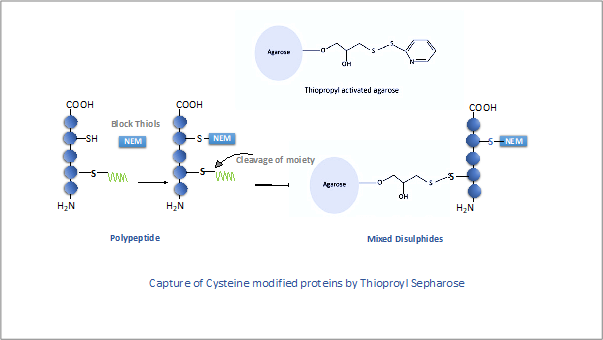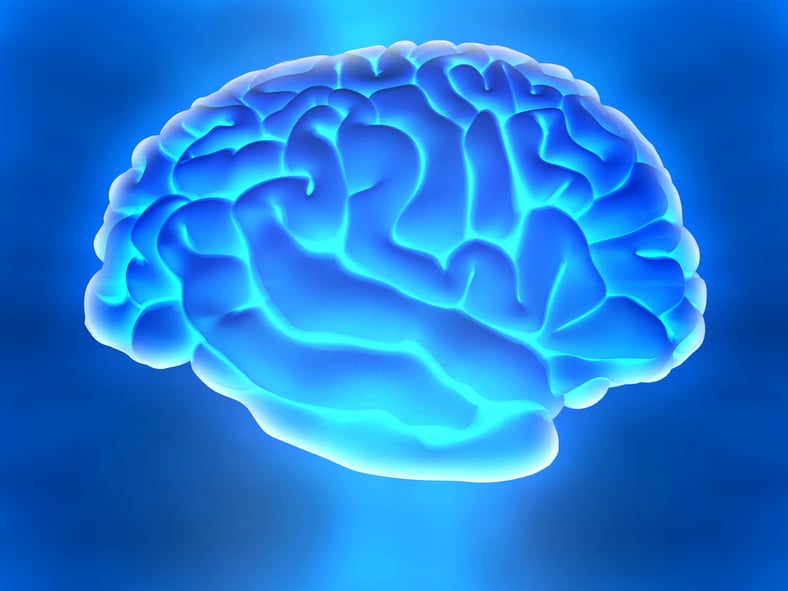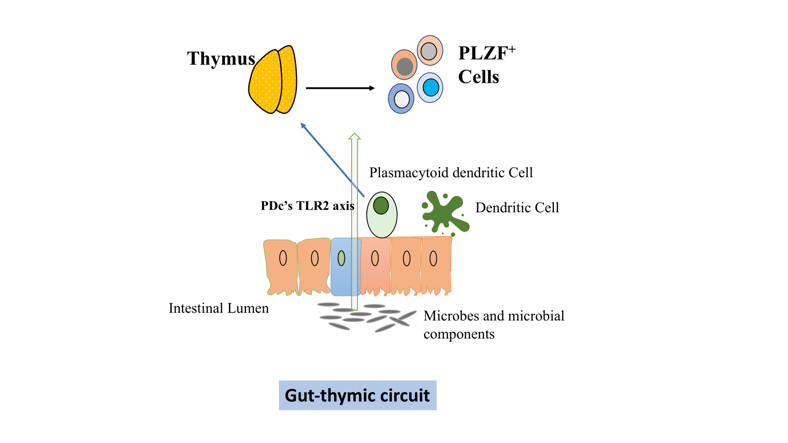Cysteine is one of the most reactive amino acid residue owing to the thiol (-SH) group, thiols can serve as an electron donor in different reactions. Cysteine thiols can form part of catalytic centre and can frequently participate in enzymatic reactions, not just that, cysteine thiols can also undergo a variety of covalent post-translational modifications (PTMs) and formation of disulphide bonds. The thiol modifications can act as important mediators of redox signalling and protein function regulation.
Topics: Protein Purification, Protein Electrophoresis, Sample Clean Up, Protein Extraction
What is the Link between Protein Folding and Prion Disease?
Prion diseases (also referred to as transmissible spongiform encephalopathies, or TSEs) are a group of progressive, untreatable, and fatal neurodegenerative conditions affecting both humans and animals. Generally, these conditions are characterized by long incubation periods (usually between 5 to 20 years), disruption in the normal tissue structure (resulting in holes and vacuole formation in the neurons), and the absence of an inflammatory response.
Topics: Protein Purification, Molecular Biology, Western Blotting, Protein Electrophoresis, Cytotoxicity Assays, Sample Clean Up, Protein Concentration, Protein Fractionation, Protein Labeling, Protein Extraction, Buffers & Chemicals
How the cilium became a ‘villain’ in Apicomplexan parasites?
Evolution of ancient cellular components paves a path to parasitic adaptations in Apicomplexan parasites.
Topics: Molecular Biology, Protein Electrophoresis, Protein Concentration, Protease Inhibitors, Protein Labeling
Exposure to Intestinal microbes in early life can influence development of thymic lymphocytes : A review of current literature
Topics: Western Blotting, Protein Electrophoresis, Protein Estimation, Protein Concentration, Protease Inhibitors, Protein Fractionation, Protein Labeling







